- About us
- Support the Gallery
- Venue hire
- Publications
- Research library
- Organisation chart
- Employment
- Contact us
- Make a booking
- Onsite programs
- Online programs
- School visit information
- Learning resources
- Little Darlings
- Professional learning
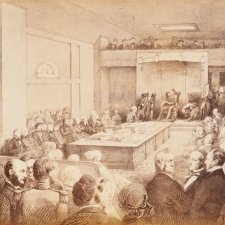
On this day eight hundred years ago at Runnymede near Windsor, King John signed Magna Carta.
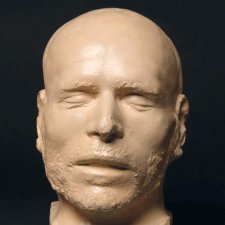
From infamous bushranger to oyster shop display, curator Jo Gilmour explores the life of George Melville.
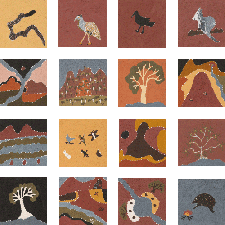
Emily Casey takes in Shirley Purdie’s remarkable self-portrait, Ngalim-Ngalimbooroo Ngagenybe.
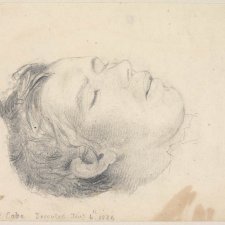
James McCabe provides proof that hanging wasn’t necessarily a fate reserved for the perpetrators of murder and other deeds of darkest hue.
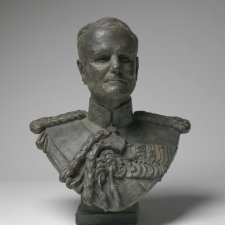
Just now we pause to mark the centenary of ANZAC, the day when, together with British, other imperial and allied forces, the Australian and New Zealand Army Corps landed at Gallipoli at the start of the ill-starred Dardanelles campaign.
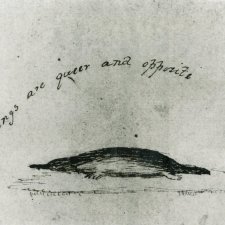
The southern winter has arrived. For people in the northern hemisphere (the majority of humanity) the idea of snow and ice, freezing mist and fog in June, potentially continuing through to August and beyond, encapsulates the topsy-turvidom of our southern continent.
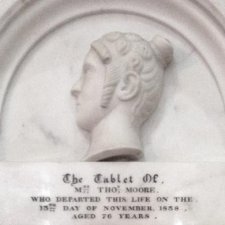
Beyond the centenary of the ANZAC landings at Gallipoli, a number of other notable anniversaries converge this year. Waterloo deserves a little focussed consideration, for in the decades following 1815 numerous Waterloo and Peninsular War veterans came to Australia.
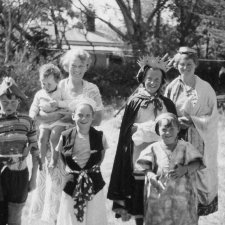
At the end of a summer break one is tempted to say that there is nothing much to report. Isn’t one restful holiday very much like another?
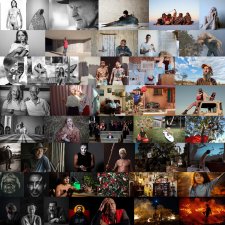
Nici Cumpston immerses herself in the collective vision of the National Photographic Portrait Prize 2020.
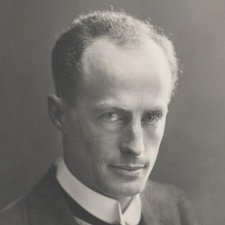
Joanna Gilmour brings a mindful Douglas Mawson’s perspective to bear on the concept of isolation.

There is in the collection of the Yale Center for British Art in New Haven, Connecticut, an English painting, datable on the basis of costume to about 1745, that has for many years exercised my imagination.
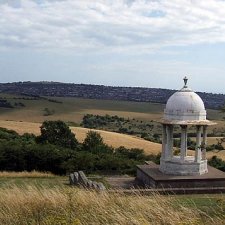
In the earliest stages of the Great War, the Royal Pavilion in Brighton was turned into a military hospital, and arrangements made there to accommodate the different dietary and other requirements of Hindu, Sikh and Muslim patients.

Angus delves into the biographies of two ambitious characters; Sir Stamford Raffles and Sir John Pope-Hennessy.
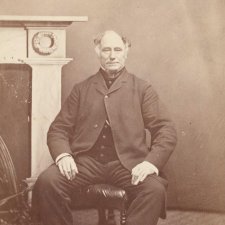
To celebrate his family bicentenary, Malcolm Robertson looks at the portraiture legacy left by his ancestors.
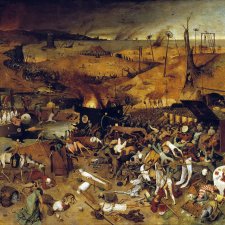
The best horror stories are real. A flea sinks its proboscis into the skin of a sick black rat, feeds on its blood, and ingests lethally multiplying bacteria.
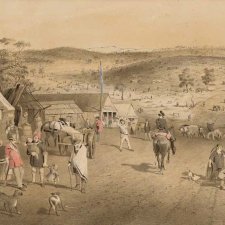
Some years ago my colleague Andrea Wolk Rager and I spent several days in the darkened basement of a Rothschild Bank, inspecting every one of the nearly 700 autochromes created immediately before World War I by the youthful Lionel de Rothschild.